
We are saddened by the passing of our friend and longtime supporter Hung Liu, a trailblazing artist best known for her larger-than-life portraits of the Chinese diaspora. Liu died August 7, 2021 in an Oakland hospital from pancreatic cancer. She was 73.
The Reading Room
To many in the CAA extended family, Liu’s most familiar work is the intricate mural she painted in 1988 that wraps around CAA’s Community Room. Organized in a horizontal scroll, the installation, entitled “Reading Room,” features ancient pictographs and ideograms, ceramic vessels and artifacts, and poems written by Chinese immigrants who were incarcerated on Angel Island. As a whole, “Reading Room” depicts the evolution of the Chinese written language from the Neolithic Period to the present day.

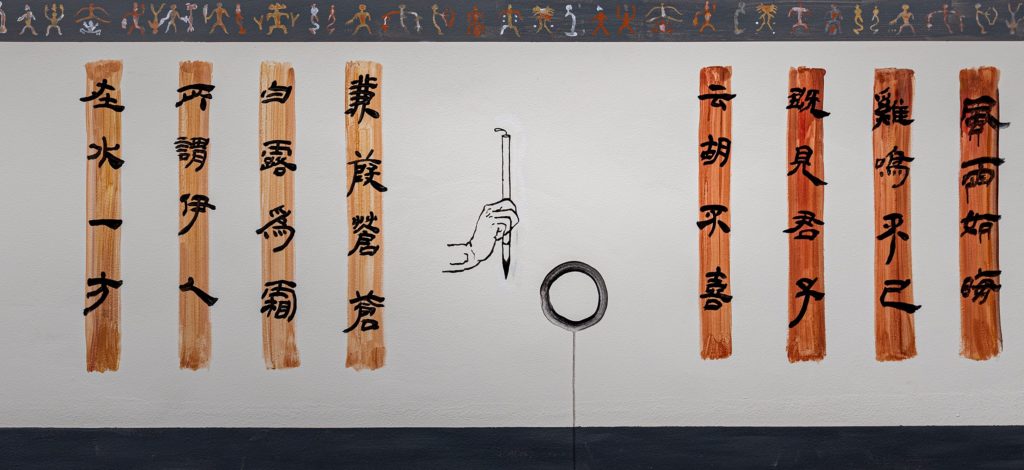
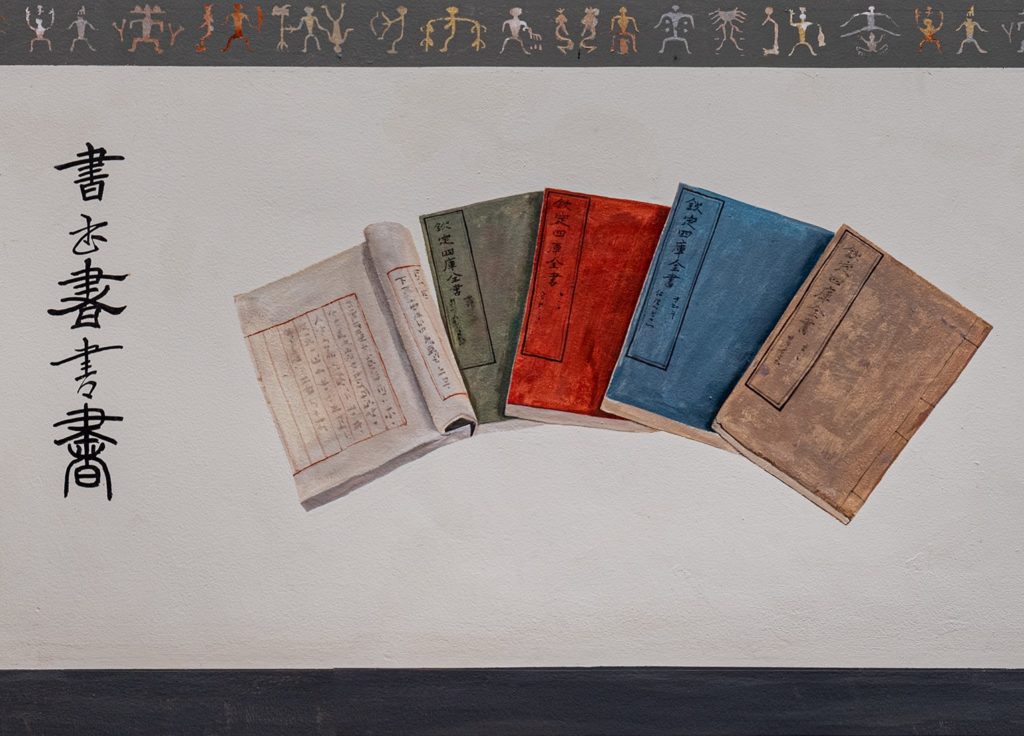
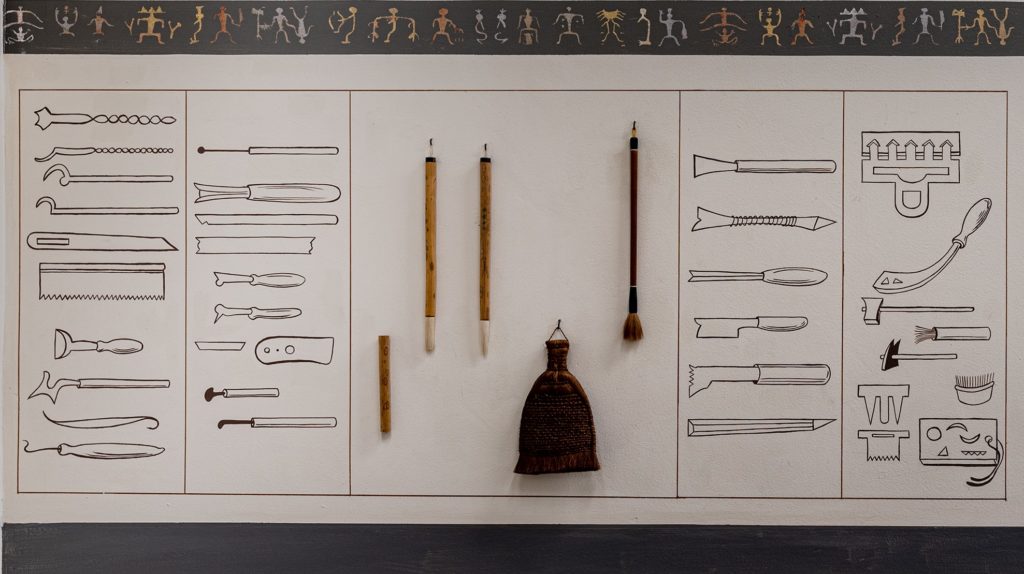
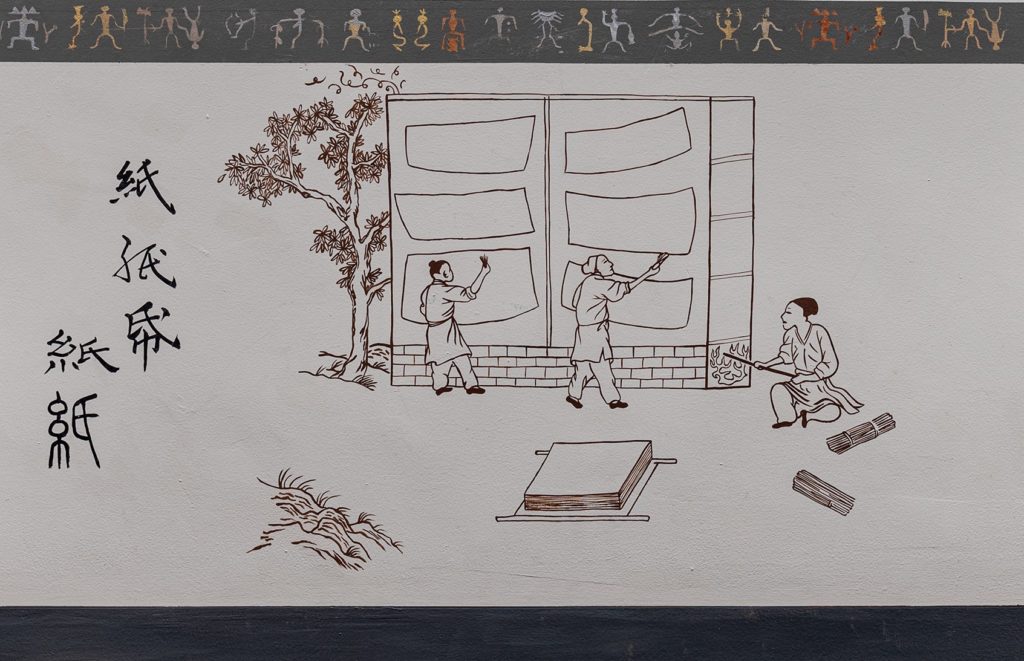
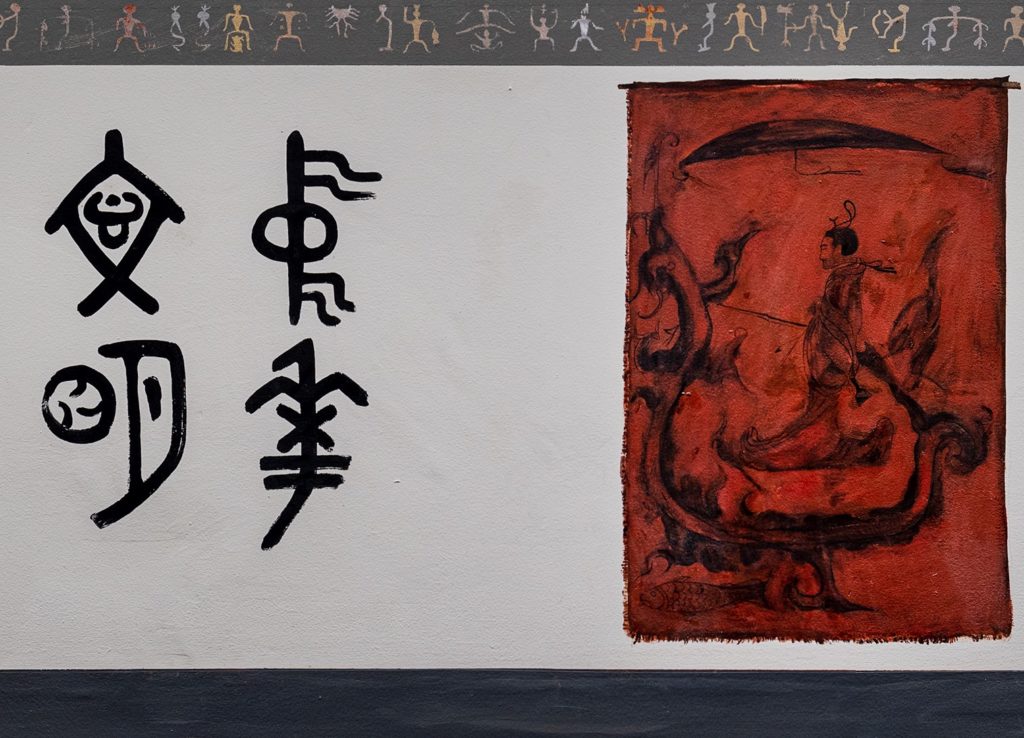
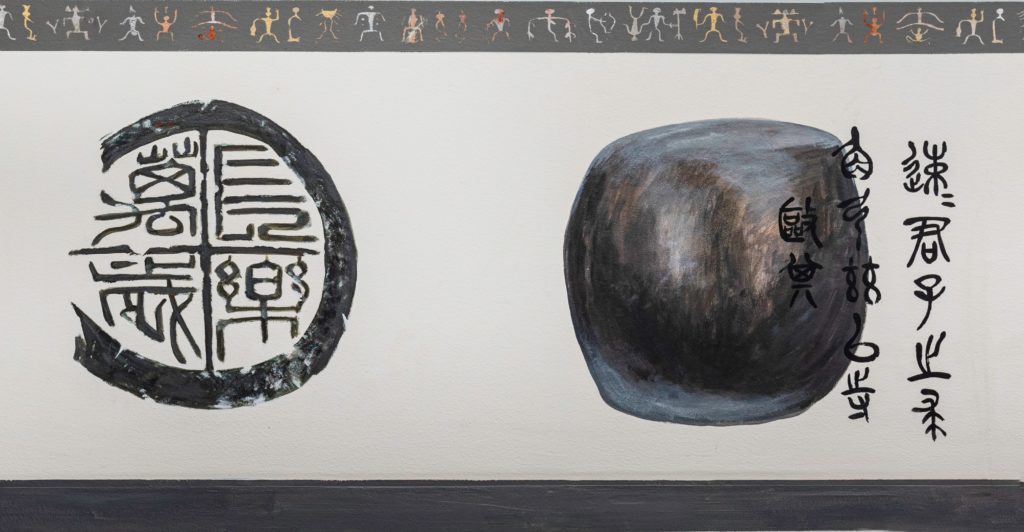

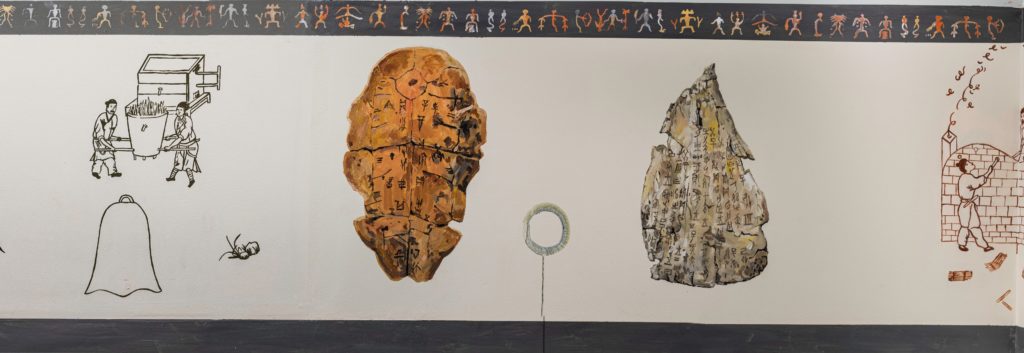
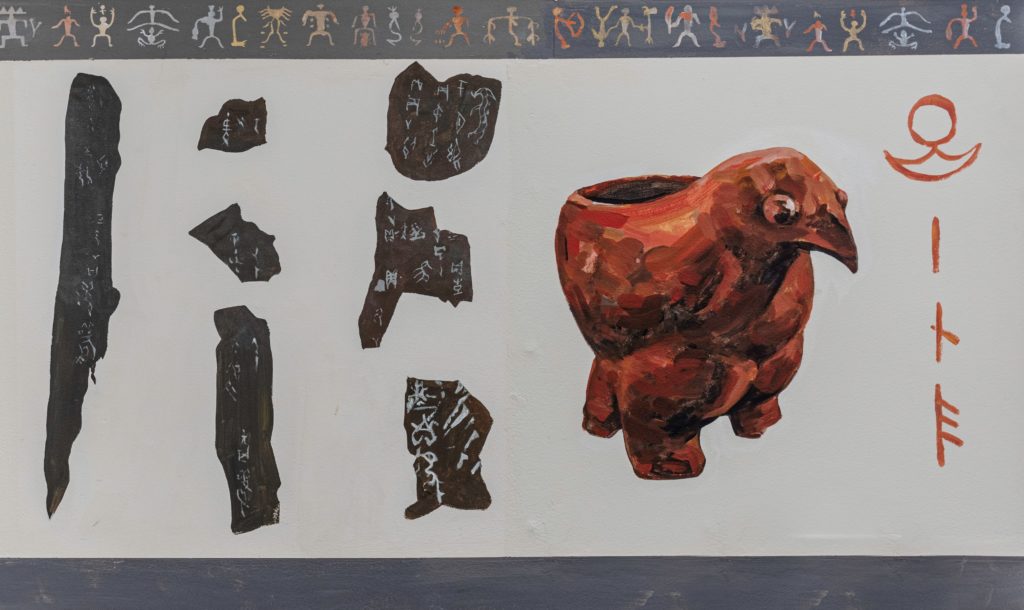
By placing this mural in the Kuo Building — the site of San Francisco’s first bookstore in 1849 and the present home of CAA — Liu recovered for the Chinatown community a sense of its ancient linguistic heritage. The mural project also led to lifelong friendships with individuals like CAA co-founder Ling-chi Wang — who brought Hung Liu to the organization more than three decades ago.
The Community Room has since been renovated, but with help from CAA supporters Chris Ahn and Larry Mock, Liu returned in 2017 to repaint and restore the mural to better fit its surroundings. Here, it has remained a beautiful reminder of our traditions, how those traditions change, and our role in changing them.
Creativity & Resilience
Liu was born in Changchun, in northeastern China, in 1948 and grew up under the Maoist regime. In 1968, when Liu was 20, she was sent to the countryside for re-education during the Cultural Revolution.
Trained in the Socialist Realist style, Liu immigrated to the United States in 1984 to study art at University of California, San Diego. Over the course of her half-century long career, Liu developed a style she called “weeping realism,” achieved by dripping linseed oil over her canvases. The effect is one of tears, evoking the erosion of memory and the passage of time.
Her subjects, often working-class people, were drawn from photographs, a medium that was intensely personal to Liu. During the Cultural Revolution, she burned many of her family’s photographs in an attempt to protect relatives and her father, who had been a captain in the Nationalist Army. He was imprisoned for decades.
“She summons the ghosts of history to the present. In effect, Liu turns old photographs into new paintings.”
Hung Liu’s website
Among the people Liu painted were refugees, migrant workers, prisoners, and others who were marginalized and displaced. “Painting them was almost like sculpting,” Liu told the L.A. Times about one work based on a historic photograph of Chinese slave laborers in Japanese, taken at the end of World War II. “I wanted to figure out who they were, make them stand for something.”
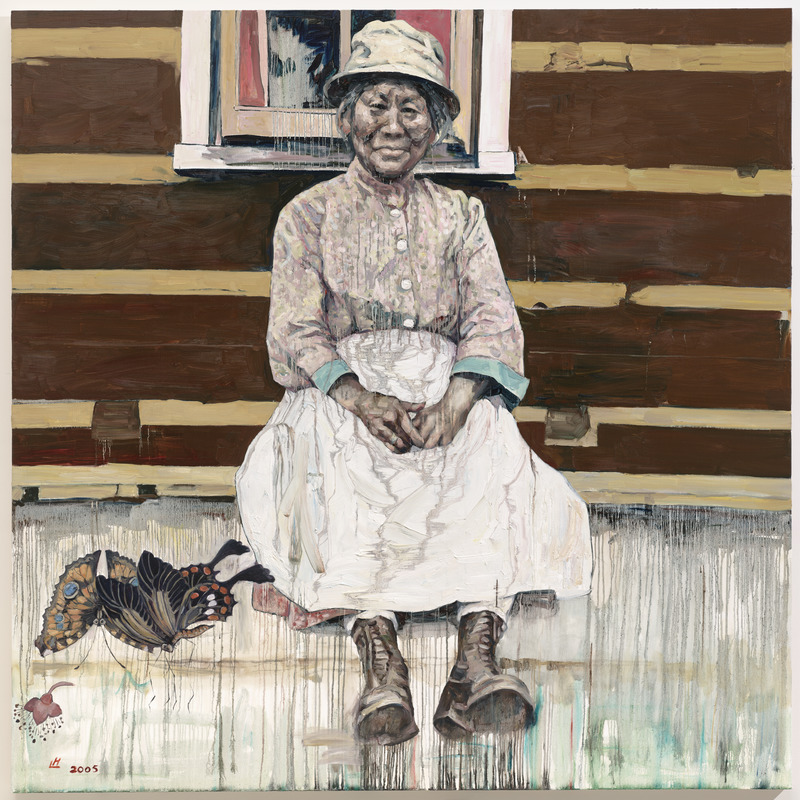
Major art institutions have featured her work, including the San Francisco Museum of Modern Art, the Whitney Museum, and the de Young Museum, which is currently showing a site-specific installation by Liu about migration. Later this month, an exhibition of Liu’s work will open at the National Portrait Gallery in Washington, D.C. — the institution’s first solo show by an Asian American woman.
Hung Liu also taught painting for more than two decades at Mills College. As a teacher, artist, and friend, she will be missed.
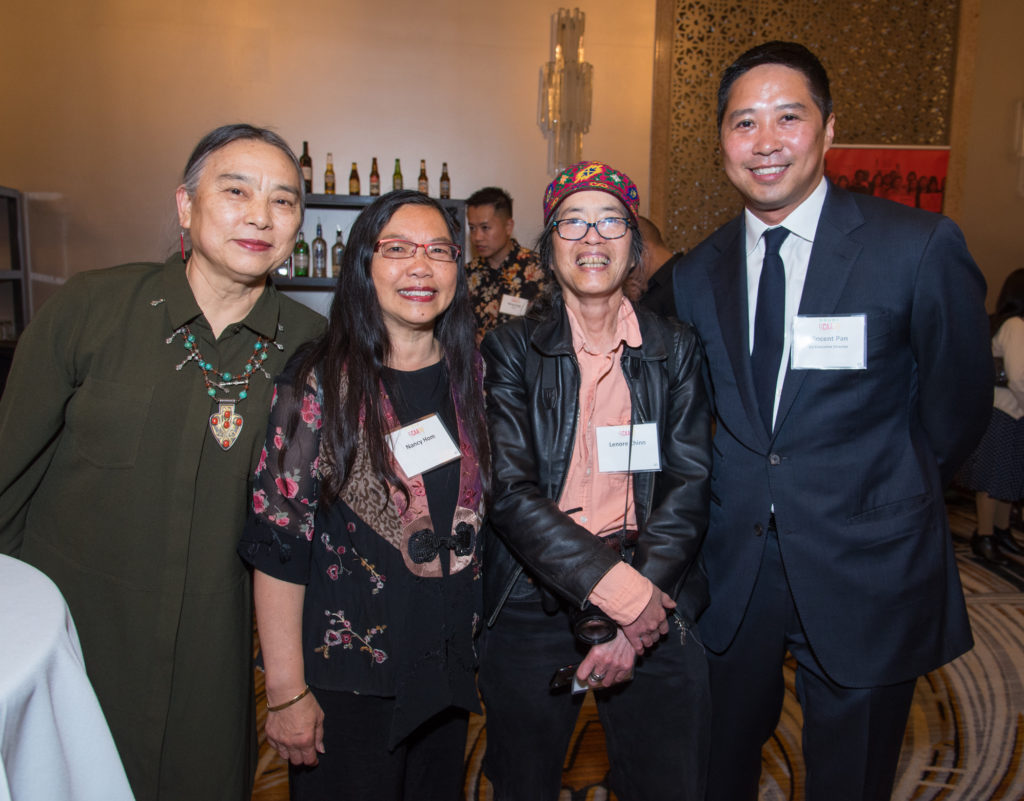
“Hung Liu embodied so much of what is important about our community — including the role of creativity and resilience, as well as an optimism about humanity,” said CAA Co-Executive Director Vincent Pan. “Her experiences as an immigrant, a woman of color, and a member of the Chinese diaspora came through clearly in her work, as well as in her steadfast support for CAA and our causes over three decades.”



